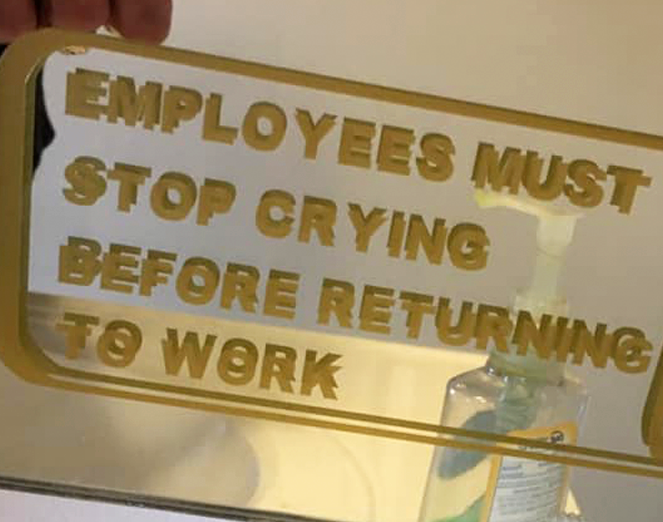- cross-posted to:
- [email protected]
- [email protected]
- cross-posted to:
- [email protected]
- [email protected]
Two Harvard students have created an eerie demo of how smart glasses can use facial recognition tech to instantly dox people’s identities, phone numbers, and addresses. The most unsettling part is the demo uses current, widely available technology like the Ray-Ban Meta smart glasses and public databases.
AnhPhu Nguyen, one of the two students, posted a video showcasing the tech in action that was then picked up by 404 Media. Dubbed I-XRAY, the tech works by using the Meta smart glasses’ ability to livestream video to Instagram. A computer program then monitors that stream and uses AI to identify faces. Those photos are then fed into public databases to find names, addresses, phone numbers, and even relatives. That information is then fed back through a phone app.
In the demo, you can see Nguyen and Caine Ardayfio, the other student behind the project, use the glasses to identify several classmates, their addresses, and names of relatives in real time. Perhaps more chilling, Nguyen and Ardayfio are also shown chatting up complete strangers on public transit, pretending as if they know them based on information gleaned from the tech…



No, but meta does. Facial recognition will bring up their fb/Instagram.
I have not come across facial recognition software that contains Facebook pictures in its database. I don’t mean to be creepy, but I’m curious about which software you’re referring to.
Whatever software they are talking about in the article, they don’t mention a name.
They did mention a name. Publicly available database called PimEyes apparently.
That and the following make me suspect that this is a faked publicity stunt rather than a real prototype.